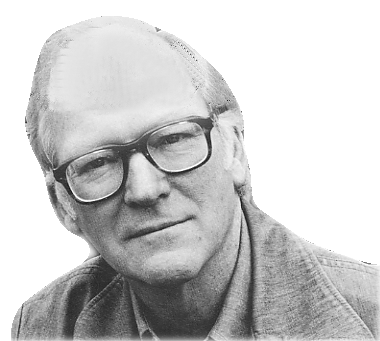Click here and press the right key for the next slide (or swipe left)
also ...
Press the left key to go backwards (or swipe right)
Press n to toggle whether notes are shown (or add '?notes' to the url before the #)
Press m or double tap to slide thumbnails (menu)
Press ? at any time to show the keyboard shortcuts
Like Knowledge and Like Not Knowledge (SHORTENED)
a problem
Three Questions
1. How do four-month-old infants model physical objects?
2. What is the relation between the model and the infants?
3. What is the relation between the model and the things modelled (physical objects)?
Four-month-olds can act (e.g. look, and reach) for the reason that this object is there.
Four-month-olds cannot believe, nor know, that this object is there.
Uncomplicated Account of Minds and Actions
For any given proposition [There’s a spider behind the book] and any given human [Wy] ...
1. Either Wy knows that there’s a spider behind the book, or she does not.
2. Either Wy can act for the reason that there is, or seems to be, a spider behind the book (where this is her reason for acting), or else she cannot.
3. The first alternatives of (1) and (2) are either both true or both false.
generality of the problem
| domain | evidence for knowledge in infancy | evidence against knowledge |
| colour | categories used in learning labels & functions | failure to use colour as a dimension in ‘same as’ judgements |
| physical objects | patterns of dishabituation and anticipatory looking | unreflected in planned action (may influence online control) |
| number | --""-- | --""-- |
| syntax | anticipatory looking | [as adults] |
| minds | reflected in anticipatory looking, communication, &c | not reflected in judgements about action, desire, ... |

‘if you want to describe what is going on in the head of the child when it has a few words which it utters in appropriate situations, you will fail for lack of the right sort of words of your own.
‘We have many vocabularies for describing nature when we regard it as mindless, and we have a mentalistic vocabulary for describing thought and intentional action; what we lack is a way of describing what is in between’
(Davidson 1999, p. 11)